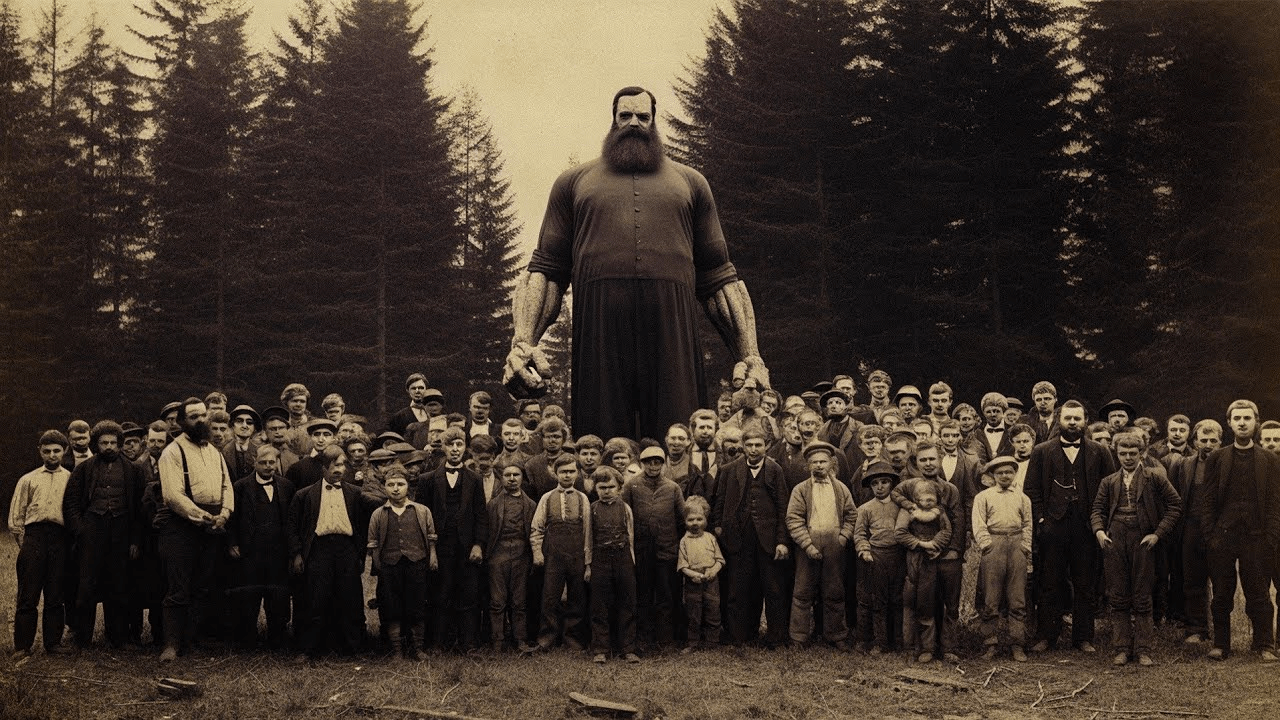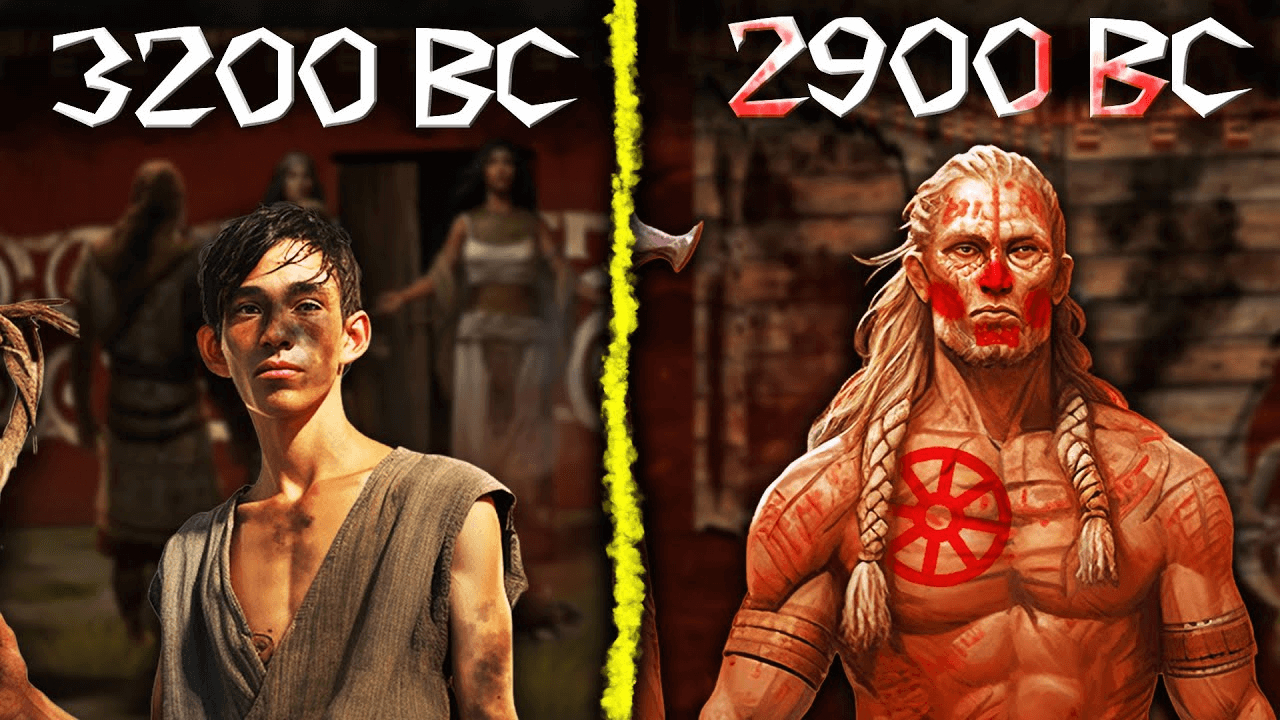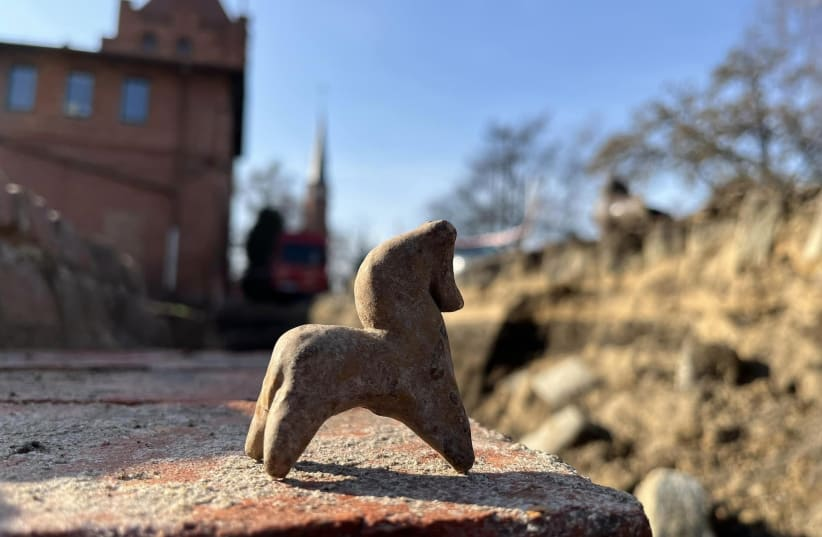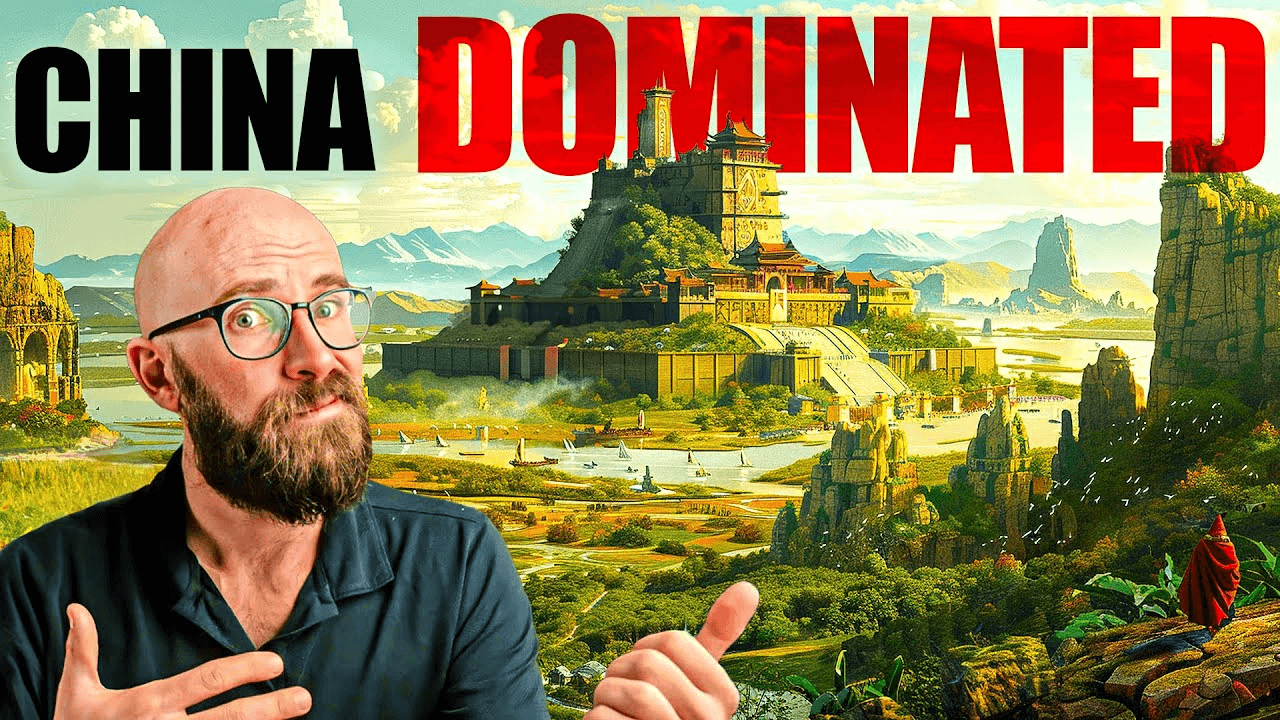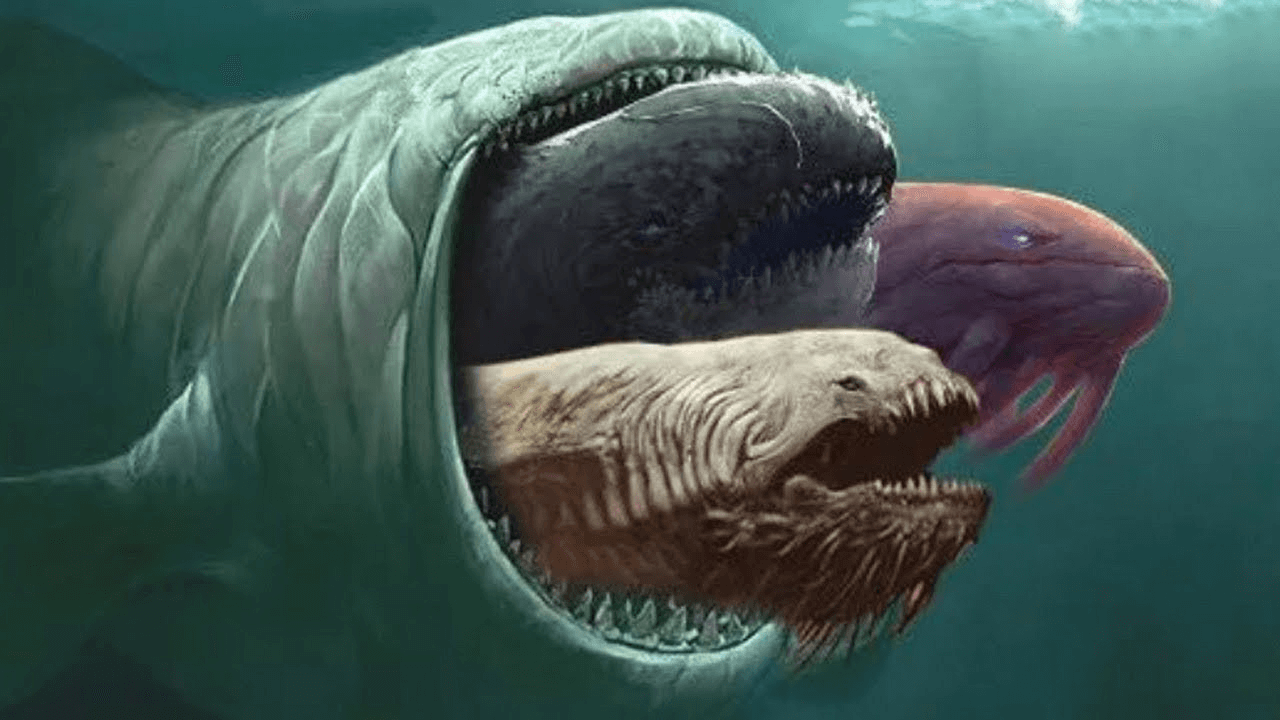THE LANGUAGE OF THE INDUS VALLEY CIVILIZATION
ARCHAEOLOGICAL RECORDS AND THE RIGVEDA
THE JALLIKATTU SEAL FOUND AT MOHENJODARO AND THE PROTO-SHIVA SEAL
THE ARYAN INVASION THEORY
THE ROLE OF NATIONALISM AND COLONIALISM
THE RACIAL NATIVISM OF HINDUTVA IDEOLOGY
GENETICS AND THE ROOTS OF ANCIENT INDIAN CIVILIZATIONS
The Indus Valley Civilization (IVC), also known as the Harappan Civilization, was one of the world's earliest urban civilizations, existing approximately from 3300–1300 BCE in what is now Pakistan and northwest India. This civilization is renowned for its planned cities, sophisticated drainage systems, and striking craftwork. However, many aspects of the IVC, including its language, religion, and the ethnicity of its people, remain enigmatic, largely due to the undeciphered script associated with it. This has led to various theories, debates, and interpretations about whether the IVC was Hindu or Dravidian, with implications extending to contemporary politics and historiography.
The Language of the Indus Valley Civilization
The undeciphered script of the IVC is one of the main reasons why the civilization's linguistic affiliations remain unclear. These symbols, typically found on seals, pottery, and other artifacts, are yet to be conclusively deciphered. Some scholars, like Asko Parpola, propose that the script represents a form of the Dravidian language, still spoken today in South India and parts of Pakistan. This theory draws on similarities between the IVC and later Dravidian cultures, such as the worship of certain animals and symbols. However, this remains a hypothesis due to the lack of decisive evidence.
In contrast, others suggest that the language of the IVC was of the Indo-European family, which includes Sanskrit, the liturgical language of Hinduism, and several modern languages of Northern India. This theory often relies on the proposed links between the IVC and the Vedic culture, which is the foundation of Hinduism.
Yuri Knorozov and Asko Parpola are two scholars who have made significant contributions to the study of the Indus Valley script, with both suggesting possible links to the Dravidian language family.
Yuri Knorozov was a Soviet linguist renowned for his work on deciphering the Mayan script. He turned his attention to the Indus script in the 1960s, applying similar principles of decipherment as he did to the Mayan glyphs. His preliminary work suggested that the Indus script might represent a form of the Dravidian language. However, due to the inherent challenges of deciphering an ancient script without a 'Rosetta Stone' (a bilingual inscription that could provide a key to decipherment), his proposed readings of the Indus script have not been universally accepted.
Asko Parpola, a Finnish scholar, has built upon Knorozov's work and has been one of the most prominent advocates of the Dravidian hypothesis for the Indus script. Parpola's approach combines linguistic, archaeological, and anthropological evidence to support his argument. His interpretation of the Indus script relies heavily on the rebus principle, where a symbol represents a word that sounds like another word. However, like Knorozov's work, Parpola's theories have been subject to debate and have not gained universal acceptance among scholars.
Both Knorozov and Parpola's theories underscore the potential link between the Indus Valley Civilization and the Dravidian-speaking cultures of South India. However, these theories remain hypothetical due to the lack of definitive evidence. The Indus script remains undeciphered, and its relationship to any known language or language family, including Dravidian, is still uncertain. The decipherment of the Indus script would undoubtedly provide invaluable insights into the Indus Valley Civilization, but until then, it remains one of the most tantalizing mysteries of ancient history.
Archaeological Records and the Rig Veda
Archaeological findings from the IVC have shown evidence of ritualistic practices, fertility cults, and the worship of certain animals, suggesting a complex religious system. However, connecting this system to Hinduism or Dravidian religions is contentious due to the lack of explicit iconographic or textual evidence. There's also an ongoing debate about whether certain symbols and figures, like the so-called "proto-Shiva" seal, represent early forms of Hindu deities or whether these interpretations reflect a biased projection of later religious ideas onto the IVC.
On the other hand, the Rig Veda, the oldest of the Hindu scriptures, offers a different perspective. Some verses in the Rig Veda hint at an eastward migration of the Vedic people, possibly indicating an interaction with the IVC. However, there is no direct reference to the IVC in the Rig Veda, leading some to argue that the Vedic culture was distinct and possibly subsequent to the IVC.
The Rig Veda is the oldest among the four Vedas, which are the most ancient Hindu scriptures. Composed in an early form of Sanskrit, the Rig Veda is a collection of over a thousand hymns dedicated to various deities. These hymns are believed to have been composed by different seers (rishis) and passed down orally for centuries before being committed to writing.
Interpretation of the Rig Veda has been a subject of significant scholarly discourse, both within and outside the tradition. The text contains intricate and often ambiguous hymns that are rich in symbolism and metaphor, which have led to multiple and sometimes contrasting interpretations.
1. The Ritualistic Interpretation: This is one of the earliest and most traditional interpretations of the Rig Veda. The hymns are understood as invocations and praises to various deities, to be recited during rituals. Deities like Agni (Fire), Indra (Warrior God and King of Gods), Varuna (God of Cosmic Order), and others are propitiated for blessings, protection, and the maintenance of cosmic order (Rta).
2. The Historical Interpretation: Some scholars, particularly during the colonial period, interpreted the Rig Veda as a historical record of the Aryan people who composed it. They used the text to propose theories about the Aryan homeland, their migration routes, and their conflicts with other groups. These interpretations often led to controversial theories like the Aryan Invasion Theory.
3. The Metaphysical or Philosophical Interpretation: This approach, most famously associated with Sri Aurobindo, a philosopher, yogi, and nationalist, interprets the hymns of the Rig Veda as symbolic and psychological representations of spiritual truths. For instance, the battles depicted are seen as the struggles within the human mind, and the deities represent various cosmic powers or aspects of consciousness.
4. The Linguistic Interpretation: This approach focuses on the linguistic aspects of the Rig Veda, such as grammar, etymology, and phonetics, to understand the evolution of the Sanskrit language and the meaning of the hymns.
5. The Socio-cultural Interpretation: Some scholars interpret the Rig Veda to understand the social, cultural, and economic life of the Vedic people. This includes aspects like the role of women, the caste system, the significance of the horse and cattle, and the use of soma, a ritual drink.
As the oldest extant text in any Indo-European language, the Rig Veda remains a critical resource for understanding early Indian history, religious thought, and linguistic development. However, its dense and poetic language often poses challenges to interpretation. It's essential to approach the text with a nuanced understanding of its historical and cultural context and to be aware of the limitations and potential biases inherent in any interpretation.
The jallikattu seal found at Mohenjodaro and the proto-shiva seal
The "Jallikattu seal" is a term applied to a seal discovered at Mohenjo-Daro, one of the most prominent sites of the Indus Valley Civilization. This seal depicts a figure in a position that seems to suggest he is controlling or taming a bull. The term "Jallikattu" is derived from a traditional bull-taming sport practiced in the Indian state of Tamil Nadu. The name has been ascribed to this seal due to the seeming similarity between the scene depicted on the seal and the sport of Jallikattu.
The depiction of the human figure and the bull on the seal has been a source of various interpretations and speculations. Some see it as an indication of the sport or a similar practice in the Indus Valley Civilization, suggesting potential cultural continuity or interaction with later Dravidian cultures where similar bull-taming practices are found. Others interpret the seal as a depiction of a myth or a ritual, which might indicate a more symbolic or religious significance to the scene.
The "Proto-Shiva" seal is another significant and intriguing artifact from the Indus Valley Civilization. Also known as the "Pashupati" seal, it was discovered in Mohenjo-Daro and dates back to around 2000–1900 BCE. The seal shows a horned figure sitting in what appears to be a yogic position and surrounded by animals.
Some people have interpreted the figure as an early representation of a deity who would later transform into the Hindu god Shiva in his Pashupati (Lord of Animals) form. This interpretation is based on several features: the seated, possibly meditative posture, which resembles the yogic position known as Mulabandhasana; the presence of animals, which aligns with Shiva's role as Pashupati; and the horned headgear, which could be seen as an early representation of Shiva's crescent moon or his matted locks.
However, it's important to note that these interpretations are largely speculative. The Indus script associated with such seals remains undeciphered, and therefore the intended meaning or context of the seal's imagery is unknown. Moreover, one must be cautious when drawing direct parallels between artifacts separated by thousands of years and significant geographical distances, as this might lead to an oversimplification of the complex cultural processes involved.
Archaeologists and historians continue to study the Indus Valley seals in the hope that they might yield more information about the enigmatic Indus Valley Civilization. Despite the challenges, these tiny artifacts provide fascinating glimpses into a civilization that was remarkably advanced for its time and played a crucial role in the cultural history of the Indian subcontinent.
The Aryan Invasion Theory
The Aryan Invasion Theory (AIT) has been a significant part of this discussion. The AIT postulates that the Indo-European-speaking Aryans invaded India around 1500 BCE, which caused the IVC to collapse and signaled the start of the Vedic Age. This theory was based on linguistic similarities between Sanskrit and European languages and the assumed cultural differences between the Vedic and the Harappan cultures.
However, the AIT has faced substantial criticism and reevaluation in recent decades. Many archaeologists argue that there is no substantial evidence of violent conflict or sudden cultural change in the IVC around 1500 BCE, as the AIT would imply. Instead, they propose a gradual, internal development from the IVC to the Vedic culture, which might suggest a continuity that could include the preservation of certain religious practices.
The Role of Nationalism and Colonialism
Nationalistic and colonial narratives have had a significant influence on the interpretation of the IVC. During the British colonial period, the Aryan Invasion Theory was often used to legitimize colonial rule, suggesting that the Indian subcontinent had been repeatedly "invaded" by "superior" cultures. This narrative resonated with the colonial ideology of the civilizing mission.
In response to this, Indian nationalism, both during the anti-colonial struggle and in the post-independence period, often sought to emphasize the indigenous origins of Indian civilization and culture. Bal Gangadhar Tilak proposed the idea of an indigenous Aryan culture, and other academics later developed it, refuting the AIT by claiming that the Vedic civilization was the source of the IVC.
Supporters of the Vishva Hindu Parishad (VHP), a Hindu nationalist organization, attend a religious congregation organized by the group in New Delhi on Dec. 9, 2018. Organizations like the VHP are on the upswing as Hindu nationalism grows in India.
(NASIR KACHROO/NurPhoto via Getty Images)
In contemporary Indian politics, the interpretation of the IVC often aligns with different nationalistic narratives. Some political parties, particularly those associated with Hindu nationalism, tend to highlight the continuity from the IVC to present-day Hindu culture, emphasizing the antiquity and indigenous origins of Hinduism.
On the other hand, Dravidian political movements in South India, particularly in Tamil Nadu, often emphasize the Dravidian hypothesis of the IVC to underline their distinct identity. According to this interpretation, the Indo-Aryans' arrival disrupted the IVC, which resulted in the relocation of Dravidian cultures to southern India.
the racial nativism of Hindutva ideology
Hindutva, or "Hinduness," is an ideology that seeks to define Indian culture in terms of Hindu values and promotes the idea of a Hindu nation. Vinayak Damodar Savarkar first articulated it in 1923. Hindutva is associated with the Bharatiya Janata Party (BJP) and the Rashtriya Swayamsevak Sangh (RSS), among other organizations, and has been a significant force in Indian politics.
One aspect of Hindutva ideology is a form of racial or ethnic nativism, which posits that the Indian subcontinent is the ancestral homeland of Hindus. This is rooted in the notion of "Bharatvarsha" (the land of Bharata, an ancient king) as a sacred geography that is inherently Hindu.
The Hindutva ideology often emphasizes the Aryan indigenous theory, which argues that the Indo-European-speaking Aryans, traditionally believed to have migrated to India from Central Asia, were actually indigenous to India. This contrasts with the Aryan Invasion Theory, which suggests that the Aryans were foreign invaders. The indigenous theory supports the Hindutva narrative of India as the primordial homeland of Hindus, undermining the idea of Hinduism as a foreign or imported tradition.
Hindutva nativism is often associated with the ideal of a "Hindu Rashtra" (Hindu Nation), where Indian national identity is closely tied to Hindu religious and cultural practices. This has been critiqued for potentially marginalizing religious and cultural minorities in India, such as Muslims, Christians, and Sikhs, among others. Critics argue that this view neglects the diverse, pluralistic nature of Indian society.
It's important to note that the Hindutva view of history and ethnicity is not universally accepted and is a matter of ongoing debate in India. The interpretation of archaeological, linguistic, and historical evidence is complex and often contentious, reflecting the diverse and multifaceted nature of India's past.
Genetics and the Roots of Ancient Indian Civilizations
Genetics, specifically the field of population genetics, has increasingly become a significant source of information about human history. It can provide insights into ancient migrations, population interactions, and demographic changes that are often not accessible through archaeological or linguistic evidence alone.
In the context of the Indus Valley Civilization (IVC) and the debate about its relationship to the Dravidian and Indo-Aryan linguistic groups, genetic studies have begun to shed some light, although the findings are often complex and open to various interpretations.
A significant breakthrough in this area came with the study of ancient DNA from the Rakhigarhi site, one of the largest cities in the IVC. In a study published in 2019 in the journal "Cell," researchers analyzed genomic data from an individual who lived approximately 4,600 years ago. This individual, a woman, showed no genetic evidence of steppe ancestry, which is associated with Indo-European-speaking people. Instead, her genetic profile was similar to contemporary South Asian populations, particularly those in the Dravidian-speaking regions of India.
This finding supports the theory that the IVC was primarily Dravidian-speaking and that the Indo-European languages were introduced to the Indian subcontinent later, possibly through migrations or cultural influence from the steppe regions. However, it's important to note that this is based on the DNA of just one individual, and more genetic data from the IVC is needed to confirm these findings.
On the other hand, other genetic studies have shown that many South Asians have a mixture of both steppe and IVC-related ancestry, suggesting complex interactions and migrations over thousands of years.
While these genetic studies provide valuable insights, they also highlight the complexity of the peopling of the Indian subcontinent. Human history is a tapestry woven from countless individual threads, and while genetics can help trace some of these threads, it is just one piece of the puzzle. The interpretation of genetic data must be integrated with archaeological, linguistic, and historical evidence to build a comprehensive picture of our past. As such, the question of whether the IVC was Dravidian or Indo-Aryan is unlikely to be resolved through genetics alone.
The question of whether the Indus Valley civilization was Hindu or Dravidian is complex and multifaceted. It involves not just archaeological and linguistic evidence but also the interpretations of religious texts, the implications of colonialism, and the nationalistic narratives of modern India. While it is unlikely that a definitive answer will be found until the Indus script is deciphered, the debate continues to shed light on the rich and diverse history of the Indian subcontinent. It also serves as a poignant reminder of how our current context and interests shape how we perceive the past.








